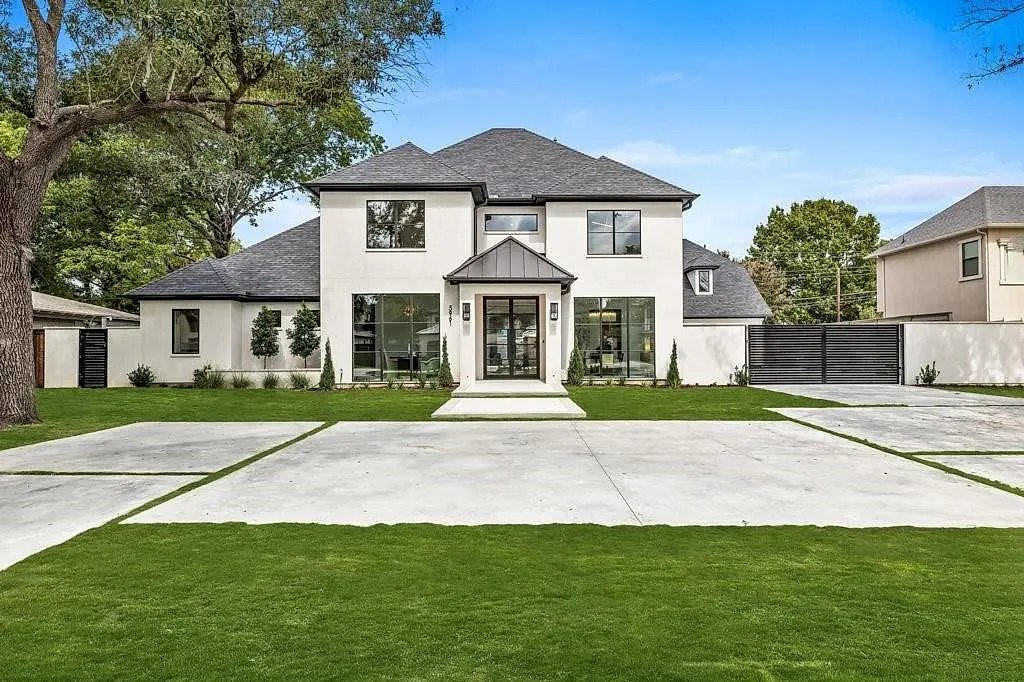In an era when environmental concerns have taken centre stage, Melbourne, a bustling and diverse city in Australia, has witnessed a remarkable rise in the development of sustainable apartments and new urban projects. These environmentally conscious endeavours aim...

In an era when environmental concerns have taken centre stage, Melbourne, a bustling and diverse city in Australia, has witnessed a remarkable rise in the development of sustainable apartments and new urban projects.
These environmentally conscious endeavours aim to provide a higher standard of living and contribute significantly to a greener and more sustainable future. This comprehensive guide will delve into the key green features and sustainability initiatives reshaping the landscape of new developments and apartments in Melbourne.
Let's explore how these pragmatic choices not only benefit the environment but also enhance the living experience for the city's residents.
Energy Efficiency: A Cornerstone of Sustainability
One of the fundamental principles of sustainable living is energy efficiency. In recent years, Melbourne has seen a notable shift toward energy-efficient building designs and technologies. Many new developments have integrated state-of-the-art systems to reduce energy consumption. These include smart lighting systems, energy-efficient appliances, and well-insulated buildings.
Smart lighting systems, for instance, automatically adjust the brightness and colour temperature of lights based on occupancy and natural light availability. This ensures optimal illumination and reduces electricity bills and greenhouse gas emissions.
Energy-efficient appliances, such as Energy Star-rated refrigerators and washing machines, have become standard features in many apartments. These appliances consume less electricity and water, saving residents money while lowering their carbon footprint.
Well-insulated buildings help maintain a comfortable indoor temperature year-round. By preventing heat loss in the winter and heat gain in the summer, these structures reduce the need for energy-intensive heating and cooling systems.
Harnessing the Sun: Solar Power in Melbourne's Developments
Solar power has become a prominent feature in Melbourne's sustainable developments. Solar panels adorning the rooftops of many new buildings generate clean and renewable energy. Residents benefit from reduced electricity costs while contributing to a greener energy grid.
Solar power isn't limited to electricity generation alone. Solar hot water systems are also increasingly common. These systems use energy from the sun to heat water, reducing the need for electricity or gas-powered water heaters. This not only conserves energy but also lowers utility bills.
Water Conservation: A Precious Resource
Water conservation is another vital aspect of sustainability, particularly in a city where water scarcity is a growing concern. To address this issue, new developments in Melbourne incorporate various water-saving features.
Low-flow faucets and showerheads limit water usage without compromising on functionality. These fixtures help reduce water consumption without affecting the quality of daily living.
Rainwater harvesting systems collect rainwater from rooftops and store it for non-potable uses, such as irrigation and toilet flushing. This innovative approach reduces the city's water supply demand and conserves this precious resource.
Green Spaces and Rooftop Gardens: Urban Oases
Sustainability extends beyond the confines of apartments and encompasses outdoor spaces. Many new developments prioritise the creation of green spaces and rooftop gardens.
These areas provide residents with peaceful and picturesque settings to relax, socialise, or engage in outdoor activities. At the same time, they contribute to urban biodiversity, supporting flora and fauna within the city.
Rooftop gardens, in particular, offer several benefits. They help insulate buildings, reducing energy consumption for heating and cooling. These green roofs also improve air quality by capturing carbon dioxide and releasing oxygen, creating a healthier urban environment.
Sustainable Materials: Building with Purpose
The choice of building materials plays a significant role in the overall sustainability of a development. Many new developments in Melbourne opt for eco-friendly and locally sourced materials. This reduces the carbon footprint associated with transportation and production and offers other advantages.
Sustainable materials often have better insulation properties, improving energy efficiency. They are also durable and low-maintenance, reducing the need for frequent replacements or repairs. These materials are also designed to minimise waste during construction, further promoting sustainable practices.
Public Transportation Accessibility: A Green Commute
Location is a critical factor in sustainability. New developments in Melbourne are strategically situated near public transportation hubs, encouraging residents to rely on eco-friendly modes of commuting, such as trams and trains.
This proximity to public transportation reduces the need for private vehicles, alleviates traffic congestion, and lowers emissions. Residents can easily access the city centre, employment opportunities, and entertainment options without the hassles of daily driving.
Waste Management: A Responsible Approach
Effective waste management is an integral part of sustainability. Many new developments in Melbourne have implemented comprehensive waste reduction and recycling programs.
Recycling facilities and composting programs are commonly available to residents. These initiatives help divert a significant portion of waste away from landfills, reducing the environmental impact of the development.
Conclusion
The sustainability revolution in Melbourne's real estate sector is not a mere trend; it's an imperative for a city committed to a greener and more eco-conscious future. New developments and apartments in Melbourne are embracing energy efficiency, renewable energy sources, water conservation, green spaces, sustainable materials, public transportation accessibility, and effective waste management.
















